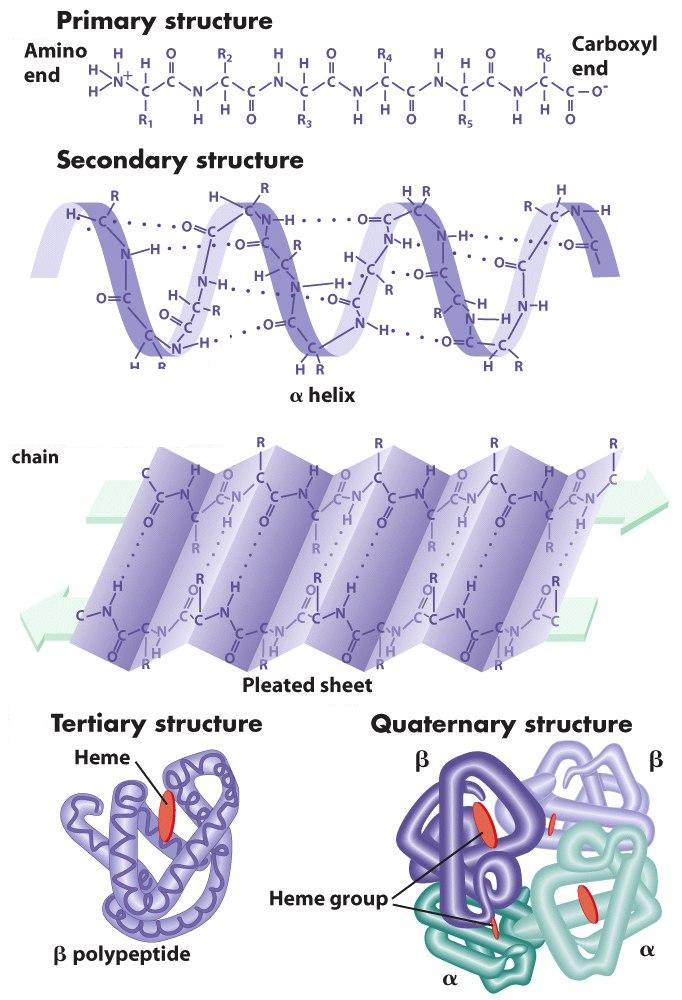PROTEIN STRUCTURE
In the study of molecular biology protein structure describes the several levels of organization of protein molecules. Proteins are significant class of biological macromolecules present in all the organisms. Proteins are polymers of amino acids. These can be classified by their physical size, proteins are nano particles (1–100 nm). Each protein polymer comprises of a sequence formed from twenty possible L-α-amino acids, which is also referred to as residues. For chains under forty residues the term peptide is often used instead of protein. To be able to perform their biological function, proteins gets folded into one or more specific spatial conformations, which is driven by a number of non-covalent interactions such as hydrogen bonding, Van Der Waals forces, ionic interactions, and hydrophobic packing. To recognize the functions of proteins at a molecular level, it is necessary to determine their 3-dimensional structure. This is topic of the scientific field of structural biology, which uses techniques such as X-ray crystallography, dual polarisation interferometry and NMR spectroscopy to determine the structure of proteins.

The protein structures range in size from tens to several thousand residues. Large aggregates can be formed from protein subunits: for instance, many thousand acting molecules assemble into a microfilament.A protein can undergo reversible structural changes in performing the biological function. The alternative structures of same protein are referred as different conformations, and transitions between them are called as conformational changes.